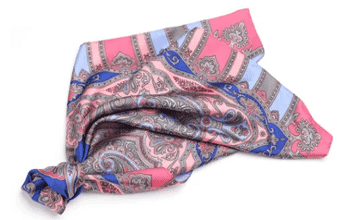PCB manufacturing is a constantly changing environment. New technologies are being developed at an astonishing rate, and old techniques are being re-evaluated and rewritten to take advantage of the latest developments. With this being said, the number of manufacturers for the same is also mushrooming.
In this article, you will learn how to choose a reliable and efficient Flexible PCB Manufacturer and supplier — quickly and easily. You’ll also get tips on how to make sure your final PCB board is as good as it can be. Let’s get started with 5 tips!
Choose The Right Manufacturer Based On The Application Requirements.
The first thing you need to do before choosing any Flexible PCB Supplier and manufacturer is to determine what type of product you want to manufacture. There are different types of products manufactured using flexible printed circuit boards. These include flex circuits, rigid printed circuit boards (PCBs), hybrid circuits, and interconnect substrates.
Each of these categories has its unique applications and manufacturing processes. Choosing the right PCB Assembly Manufacturer for your application is critical to the success of your project and making sure that your get quality PCB products.
Consider The Flexibility Of The PCB Material.
Keep flexibility in mind during Flexible PCB Fabrication. Flexibility refers to the degree of stretchability of the PCB material. Generally speaking, rigid materials are less flexible than flexible materials. Rigid materials are often used for the prototyping and production of low-volume items. Flexible materials are used for prototyping, small volume production, and short runs.
Determine If the PCB Material Requires Post Processing.
Post-processing includes lamination, etching, coating, drilling, punching, etc. Post-processing is necessary for certain applications to achieve specific performance characteristics. Laminating is commonly used to create a protective layer over the surface of the PCB. Etching is used to remove copper from the board’s surface.
The coating is used to provide a conductive path between two layers of the PCB. Drilling is used to making holes in the PCB. All these steps require specialized equipment and expertise. Therefore, it is best to work with a Flexible PCB Supplier and manufacturer who has access to the equipment and experience to perform post-processing.
Check The Quality Assurance Standards Set By The PCB Manufacturer.
Quality assurance means testing each batch of PCBs before they leave the factory. Quality assurance ensures that the PCBs meet the specifications laid out by the customer. This helps ensure that the PCBs will function properly once installed. Also, a good PCB Assembly Manufacturer should be able to explain how the PCBs are fabricated and assembled.
Conclusion
Flexible PCB Fabrication is a very simple process, especially when you have a reliable manufacturer by your side. It is done by first spinning a piece of material in a machine that completes one revolution per minute. From there, a ribbon or roller segment can be produced, and then the board can be cut and polished.
A rigid-flex PCB is a type of PCB that can be bent and twisted. It has a very low profile and can be used in tight spaces. However, rigid-flex PCBs are expensive to manufacture and they are not widely available. So, keep these points in mind while choosing the Flexible PCB Manufacturer and supplier.





